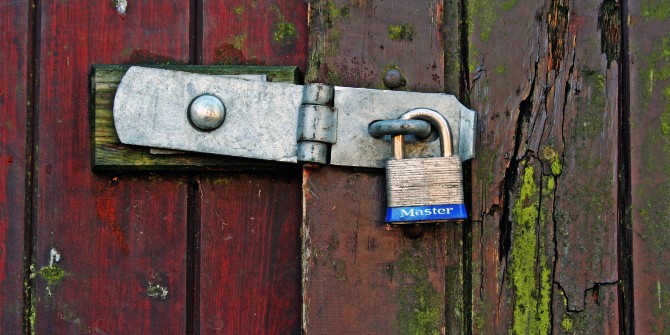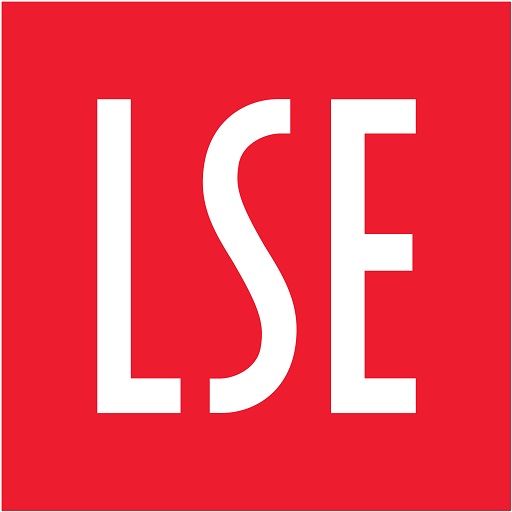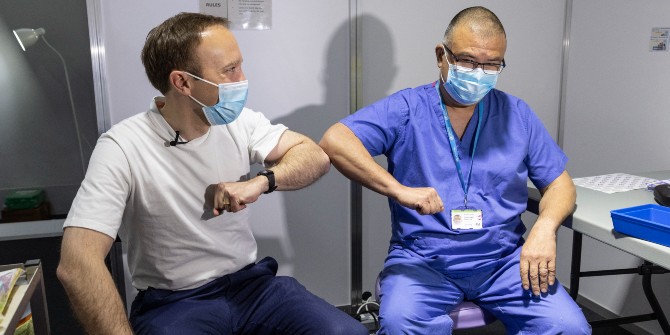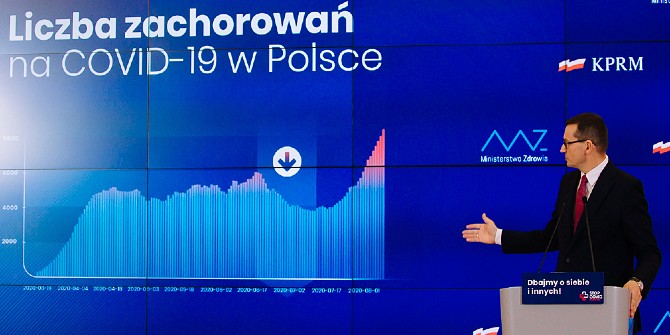Zero COVID is unachievable, write Paul Dolan (LSE) and Sunetra Gupta (University of Oxford). Continuing to impose restrictions inflicts disproportionate harm on the young, small businesses and creative industries.
We were extremely disappointed to hear that the remaining lockdown restrictions would not be lifted in the UK on 21 June. In extending restrictions because of the Delta variant, the government decided that those who stood most to gain from the delay – vulnerable individuals who have not yet been vaccinated – are more important than those who will lose out enormously: the younger generation, the creative industries, and the many smaller enterprises that will not survive after these periods of restrictions. They decided that the benefits in making people feel safer from delaying were greater than the significant hedonic and economic costs from ruining many people’s and business’s plans. We think they got these calculations wrong.
But we are where we are, and so what matters now is that all restrictions are lifted, once and for all, on 19 July. This should also include allowing those who test negative to cease to self-isolate, not least so that the thousands of children who do not have COVID can return to school. But there are two, perhaps even more fundamental, reasons why 19 July must genuinely be “Freedom Day”.
19 July must be the day on which the government finally delivers on what it claims to be their goal; namely, the kind of endemic equilibrium which we have learnt to live with for a host of other respiratory pathogens – and not zero COVID
The first relates to the social contract between different groups in society, and between citizens and the state. It should be worrying to anyone concerned with the health and wellbeing of all groups in society that those who will almost certainly call for further extension to some of the restrictions continue to refer only to the (possible and questionable) benefits of doing so. They make no reference at all to the costs of continued economic and social inactivity. They will glibly repeat the line that “it’s only another few weeks” but, for those who are really suffering from lockdown, counting down to 19 July is now just about the only good thing in life.
The restrictions imposed upon us could be interpreted as being in direct violation of many of the central tenets of the contract between citizen and state, and yet we have gone along with them on the understanding that they would be lifted – first on 21 June, and now on 19 July if certain conditions have been met. Vaccines have now largely broken the link between infection and serious illness. They can never sever it entirely. All those people who have rolled up their sleeves to be jabbed in an effort to restore basic liberties must now be wondering what more needs to be done for a return to “normal”.

The second reason why 19 July must be the date on which all restrictions end is because any other decision will imply that we are effectively pursuing a zero COVID policy. The journey towards an endemic equilibrium will inevitably involve an increase in rates of infection. Pockets of susceptibility will remain (as they have in Bolton, for example) or re-emerge as the infection-blocking effects of natural immunity and vaccines wear off. Within each of these pockets, infections will rise and decline (as they have in Bolton) as people acquire (or re-acquire) immunity. Models which ignore the impact of naturally acquired immunity, and ascribe all the decline in infections to interventions, tend to produce quite outlandish forecasts for what may happen when restrictions are removed, and they also tend to assign improbable increases in transmissibility to new variants which may come to dominate in these spikes.
Many countries around the world are finally accepting that we cannot remove COVID from society, even those, such as Singapore, which have actively sought to keep the virus out
A key point that has been missed in these discussions is that the reproduction rate (R) for an endemic disease is equal to 1 and not 0. We should expect that the prevalence of infectious individuals will hover around one in a hundred when we reach this point. Whatever their impact on spread, imposing harmful restrictions whenever infection rates exhibit an increase is a policy in pursuit of R=0 rather than R=1.
19 July must be the day on which the government finally delivers on what it claims to be their goal; namely, the kind of endemic equilibrium which we have learnt to live with for a host of other respiratory pathogens – and not zero COVID. It is also the day on which we should stop presenting data on the number of daily infections. This number has no real meaning once the link between infection and disease has been broken, and we are now reaching an endemic equilibrium. It will only serve to further scare a population who have been made to feel afraid, and disproportionately so, for far too long.
Many countries around the world are finally accepting that we cannot remove COVID from society, even those, such as Singapore, which have actively sought to keep the virus out. Policy makers must now remove lockdowns from their COVID response.
This post represents the views of the authors and not those of the COVID-19 blog, nor LSE.





I’m broadly sympathetic to this position but there were 283 hospitalisations reported today, up hugely over the number a week ago. Do we not have to be absolutely 100% sure that the link between hospitalisation and death is severed before we take another step? Do we have any real idea of how many daily deaths we’re headed for at this increase in the rate of infection?
Thanks from this article.It is long past time we treated this disease the way we treat other life threatening conditions.
One of the other comments reports that there are 283 hospitalisations reported, but there are 5 million people waiting for treatment for other conditions.
There is no 100% certainty in life. We should be treating Covid risks the way we treat all other risks. It’s either that or live with restrictions forever. Needless to say, my vote goes to option A.
Thanks Profs Dolan and Gupta. For once a behavioural scientist and a qualified epidemiologist putting this public health event in perspective. Those calling for continued restrictions are prepared to use issues such as long Covid and levels of unwarranted anxiety to continue this distorted response. The media have also played an insidious part in uncritically relaying the analysis of the modellers and Covid pessimists ,while suppressing alternative viewpoints. We need to turn the health service back towards routine treatment and maybe as a reminder of the hidden costs of this disastrous response, start to do a daily briefing of the treatment gap for other chronic conditions.
No because absolute certainty can never be achieved. In any event this is not a standard we apply universally, eg we can be sure cars cause road accidents and alcohol causes violence but both are permitted
Thank you for this sane and sensible blog. As the proportion of the population that tests positive has increased it is likely that the number of hospitalisations “with covid” is going to increase as well. If 1 in 100 people test positive, 1 in 100 of those admitted with broken bones will be positive too. What we don’t seem to be getting is the number of people in hospital because they have covid, who would otherwise not be there. Similarly the death figures are distorted by the infection rate – if covid is widespread but mild, many more of those who die of old age will have it.
Very well said indeed, well done Paul and Sunetra. I think the other important thing, as well as bringing the damaging and totalitarian measures to an end, must be ensuring that this can never happen again. The chilling effects that the threat of any future possibilities of lockdowns or domestic immunity passes or manipulative fear-mongering advertising pose are the kind of thing which can really hamper our recovery, in terms of mental health, physical health and economic welfare.